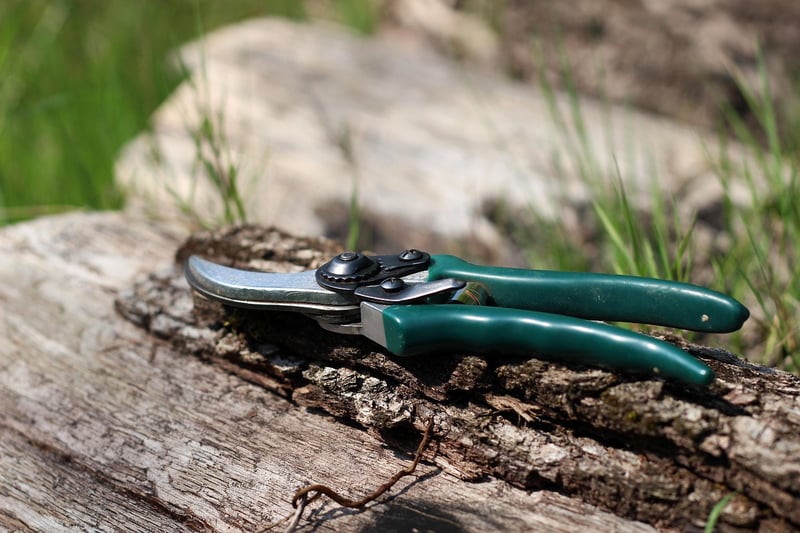Pruning Techniques
Guidance on Nurturing Plants + Pruning Techniques
Nurturing Plants
Properly nurturing your plants is essential for their growth and health. Here are some tips to help you care for your plants:
- Choose the right plant for the right spot based on sunlight and water requirements.
- Water your plants regularly, but be careful not to overwater as it can lead to root rot.
- Fertilize your plants according to their specific needs to promote healthy growth.
- Monitor for pests and diseases, and take appropriate action to prevent or treat any issues.
- Prune your plants to remove dead or damaged parts, encourage new growth, and maintain their shape.
Pruning Techniques
Pruning is a vital part of plant care that helps promote growth and maintain the overall health of your plants. Here are some pruning techniques you can use:
- Deadheading: Removing dead or faded flowers promotes new blooms and keeps the plant looking tidy.
- Thinning: Removing select branches or stems to improve airflow and light penetration within the plant.
- Heading Back: Cutting back the tips of branches to encourage bushier growth and prevent legginess.
- Rejuvenation Pruning: Cutting back the entire plant to stimulate new growth and revitalize an overgrown or old plant.
Remember to use clean and sharp pruning tools to make precise cuts and minimize damage to the plant. It's also essential to prune at the right time of year for each plant species to ensure optimal results.

By following these nurturing and pruning tips, you can help your plants thrive and create a beautiful and healthy garden or indoor plant collection.
For more in-depth guidance on plant care and pruning techniques, consult with your local nursery or gardening experts to get personalized advice for your specific plants and environment.
Happy gardening!
